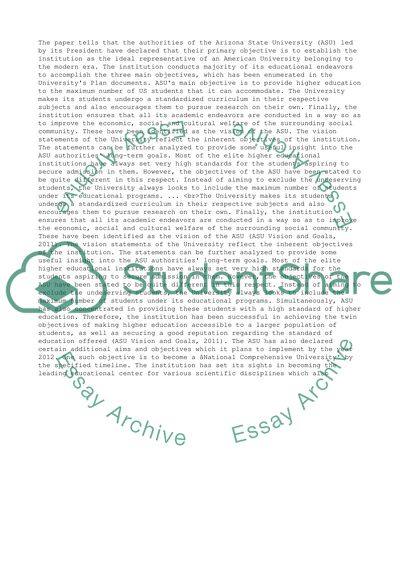Cite this document
(“Development of a Strategy for the College of Business Administration Research Paper”, n.d.)
Retrieved from https://studentshare.org/business/1394068-development-of-a-strategy-for-the-college-of-business-administration
Retrieved from https://studentshare.org/business/1394068-development-of-a-strategy-for-the-college-of-business-administration
(Development of a Strategy for the College of Business Administration Research Paper)
https://studentshare.org/business/1394068-development-of-a-strategy-for-the-college-of-business-administration.
https://studentshare.org/business/1394068-development-of-a-strategy-for-the-college-of-business-administration.
“Development of a Strategy for the College of Business Administration Research Paper”, n.d. https://studentshare.org/business/1394068-development-of-a-strategy-for-the-college-of-business-administration.


